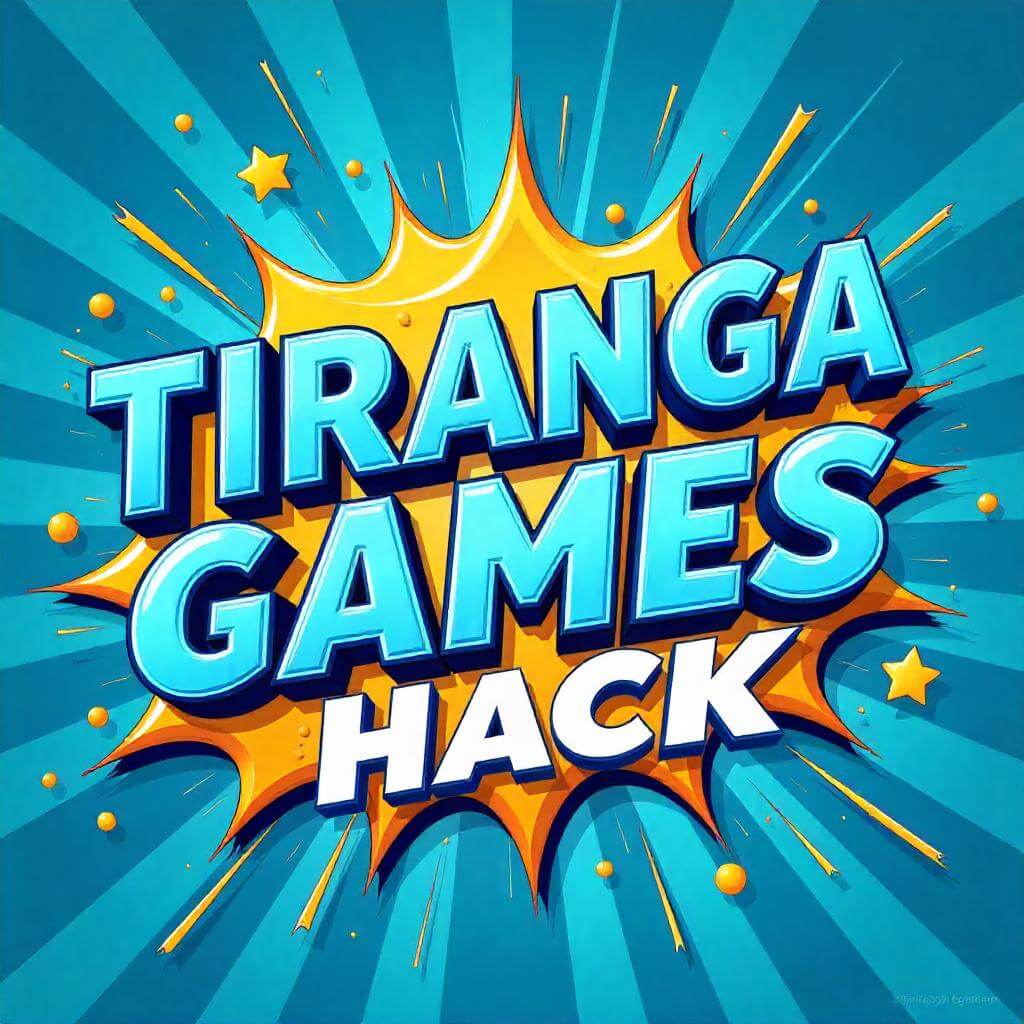
Tiranga Hack 2025 is the epitome of fintech escalation in India. It got the buzz from every corner as it boldly claims ‘Best Game in India’. Users and investors bridged the divide between leisure and business, hence capturing the interest of game lovers and tech investors. It’s promising statement of ‘Crack the Code’ and ‘Predict the Win’ alongside their tagline portrays it’s not merely a color prediction game but an engaging case study to understand different concepts in business models.
What is Tiranga Hack 2025?
In basic terms, Tiranga Hack 2025 is built around a color prediction game where users wager on the outcome of color sequences. In narrow terms, it is an entertainment where users aim to guess the outcome of the random generator which can be red, green or violet and if they win, they get a multiplier for what they staked.
Nonetheless the word “hack” in Tiranga Hack 2025 doesn’t connote illegal breaches; rather, it pivots on subcultures of the internet: the strategies, tips, and psychological maneuvers engaged by players to bolster their chances of winning. It is equally a catchphrase from influencers and content creators to describe patterns, algorithms, and techniques, rightfully or unjustifiably, players could employ to “beat the odds.”
Tiranga Hack 2025: A Booming Business Model
From a business perspective, Tiranga Games is a hybrid of micro-betting, gamification and affiliate-fueled growth. Here’s what seems to excite business strategists and digital investors:
- Gaming with Micro-Investments
Users can begin their journey with as little as ₹100. This low entry hurdle automatically increases the user base, particularly within India’s economically sensitive audience. Each prediction round lasts a few minutes, providing rapid returns, intensive dopamine feedback loops, and the possibility for multiple transactions each day.
- Revenue-generate-through-volume
Potentially thousands of active users making predictions every few minutes translates to a shift in focus from margin to volume for the platform. There is a sustainable model formulated for the operators, as long as there is consistent user growth, due to each transaction contributing to a pooled commission.
- Affiliate & Referral Ecosystem
The Tiranga 2025 referral and affiliate program has been designed to incentivize users to bring more people onto the platform. This tactic enables marketing cost savings while fueling growth simultaneously.
Investment Considerations: What Are the Opportunities with Tiranga Hack?
There is increasing interest from investors analyzing the fintech and gaming value chain in India with respect to platforms such as Tiranga. This there funding opportunity looks like:
The Upside Potential
Increased Engagement: Platforms such as Tiranga are highly engaging with low user acquisition costs and high session usage which makes them a strategic target for advertisement technology companies or gaming conglomerates.
Behavioral Analytics: Tiranga’s backend contains colossal behavioral data which makes analytics-driven marketing and AI-game personalization possible.
Cost-effective Operations: Tiranga 2025 is mobile-first and cloud-native making it purposefully built for scaling with minimal operational expenditures.
Risk Factors
Regulatory Blind Spot: Prediction games fall into a legal gray zone in the Indian context. They are not gambling in some states but get categorized as betting in others, which makes the investment a risk.
Ethical Issues: There is concern about the potential negative psychological effects of color prediction games targeting more vulnerable users, especially regarding addiction.
Trust Deficit: With the emergence of scams and fraudulent “Tiranga hacks” on Telegram channels and Youtube, users and investors are becoming more cautious about the legitimacy of these platforms.
Crack the Code: The Psychology Behind It
Tiranga 2025 lures people in with the likes of “Crack the Code” or “Predict the Win”, which promises excitement with algorithmic discoveries. But much like flipping a coin with three sides, the game is mostly random. Still, users share so-called “strategies” such as:
The Martingale Systems: Doubling the bet until in a win so as to recover losses.
Time Slot Analysis: Casual observations induct a correlation between specific time slots and resultant patterns.
Color Frequency Trackers: Guessing interim and surrogate outcomes by means of non-official documents or multiple other tools.
While these “strategies” do not stand on solid ground stemmed from mathematics, they help draw attention and synergies in other realm. The powered illusion of control motivates users to re-engage even when no change in luck is detected.
Tiranga Hack and the Meta trend in Gaming
Influencer hacking accounts providing “tips” aimed at beating the game is a meta layer of Tiranga’s hacking content. Furor Tik Tok, Instagram Reels, and Telegram are inundated with videos offering so-called “tricks” to increase popularity and curiosity, many of which don’t hold any truth.
Through the lens of digital marketing, this user-generated content serves as a growth engine for marketing Tiranga virally without spending any cash on advertisements. Influencers and content creators, in turn, capitalize on the engagement by providing affiliate programs or exclusive prediction offers.

Conclusion: Is Tiranga Hack 2025 really everything it promises to be?
Tiranga Hack 2025 goes beyond being just a game; it’s an absolute craze. The phenomena captures attention for India’s biggest talked about color selection platform using a blend of gamification, micro-transactions, influencer marketing, and psychological tactics.
Entrepreneurs and investors see it as a scalable digital product that is easy to market, while users experience bursts of excitement comparable to the emotions evoked during trading or gambling. Nonetheless, ethical and legal threats do exist.
So, is there really a code to crack?
The answer is, there’s no defined hack for it. However, the approach Tiranga 2025 uses to blend entertainment, psychology, and Fintech within the context of India’s digital ecosystem, pushes the boundaries of business models.




